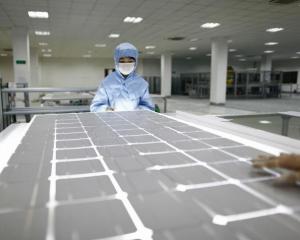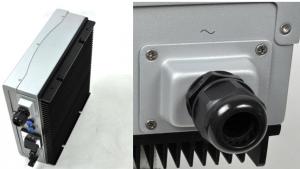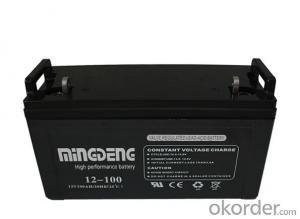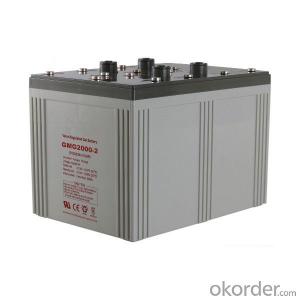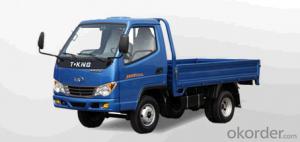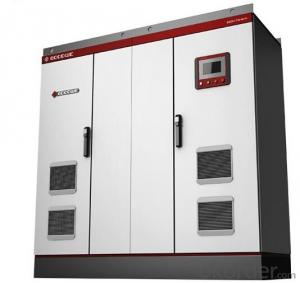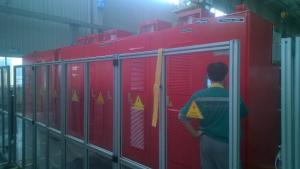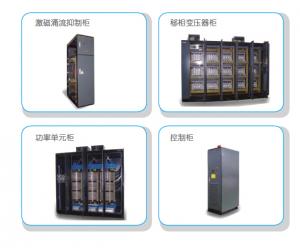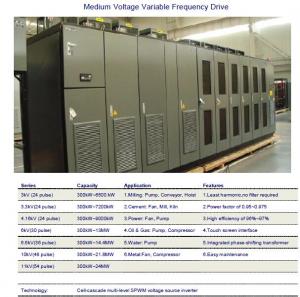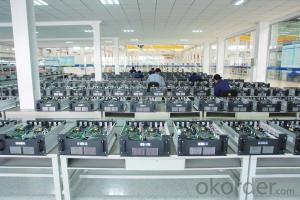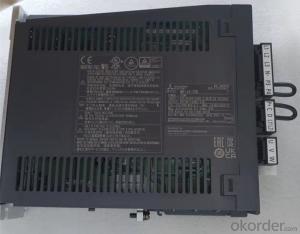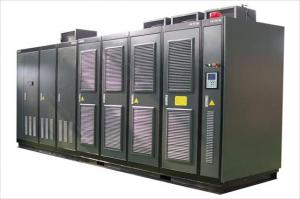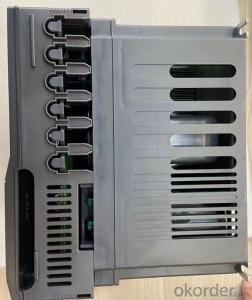Aeg Pv 2800 Solar Inverter
Aeg Pv 2800 Solar Inverter Related Searches
Aeg Solar Inverter Aeg Inverter Solar Pv1800 Solar Inverter Pv Solar Inverter Solar Inverter Pv1800 Solar Pv Inverter Pv3500 Solar Inverter Epever Solar Inverter Pv Powered Solar Inverter Anern Solar Inverter Solar 800 Watt Power Inverter 2000va Solar Inverter 2kv Solar Inverter 2 Kv Solar Inverter Ags Solar Inverter Advanced Energy Solar Inverter 2000 Watt Solar Inverter 2kva Solar Inverter Ae Solar Inverter 2000 Watt Solar Power Inverter 2kw Solar Inverter Anchor Solar Inverter Ecostar Solar Inverter 2 Kva Solar Inverter Portable Solar Inverter Best Solar Pv Inverter Solar 2000 Watt Inverter 12v Solar Inverter Solar 2000 Watt Power Inverter Portable Solar Power InverterAeg Pv 2800 Solar Inverter Supplier & Manufacturer from China
The Aeg Pv 2800 Solar Inverter is a high-performance device designed to convert solar energy into usable electrical power for residential and commercial applications. This advanced inverter offers a reliable and efficient solution for harnessing the power of the sun, making it an essential component in any solar energy system. The Aeg Pv 2800 Solar Inverter is widely used in various settings, such as homes, businesses, and even off-grid locations, where it plays a crucial role in optimizing energy production and reducing reliance on traditional power sources. Its compact design and user-friendly interface make it a popular choice among solar energy enthusiasts and professionals alike.Okorder.com is a leading wholesale supplier of the Aeg Pv 2800 Solar Inverter, boasting a vast inventory that caters to the needs of various customers. By offering this product at competitive prices and ensuring prompt delivery, Okorder.com has established itself as a trusted source for solar energy components. The Aeg Pv 2800 Solar Inverter is just one of the many high-quality products available on the platform, making it an ideal destination for those looking to invest in sustainable energy solutions.
Hot Products




